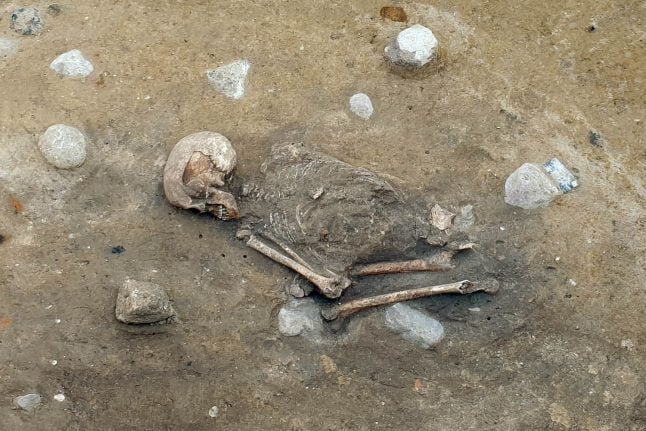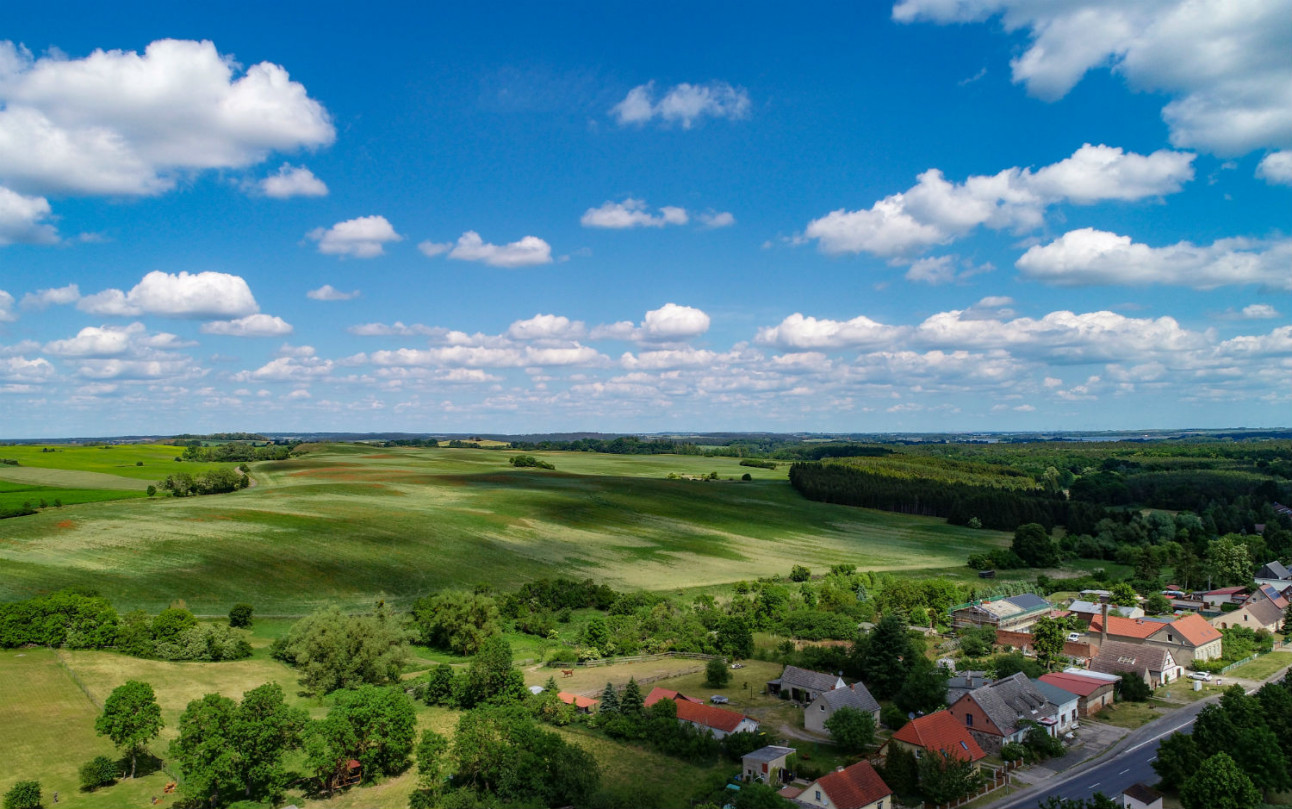ARCHEOLOGY
Mystery skull decapitated as sacrifice: experts
A skull found by two walkers at a popular seaside park in Bergen may have belonged to an iron age woman who had been ritually decapitated in a human sacrifice, archeologists have concluded.
Published: 25 May 2015 23:07 CEST

Police immediately cordoned off the area of Kyrkjetangen where the skull was found. Photo: Marit Hommedal / NTB scanpix
Police launched an immediate murder investigation after the skull was reported last Wednesday at Kyrkjetangen, a seaside park just north of the city, raising hopes that the discovery might clear up one of the city's many outstanding missing person cases.
The investigation was called off however when the forensic pathology laboratory examining the skull concluded that the skull dated back to the Middle Ages.
On Friday, a group of experts from the Norwegian Directorate of Cultural Heritage, the local Bergen conservation authority and Bergen University concluded that the skull probably came from a human sacrifice.
“Only a skull has been dug up and there’s no sign of other body parts. This may indicate a decapitation,” Asle Broen Olsen, at University of Bergen’s Section for Cultural Heritage Management told NRK. “It was hardly a part of legal practice. It was more a religious practice, where the person who was sacrificed had not done anything wrong, but was selected to be sacrificed to the gods.”
Bergen police were disappointed last week when they realised that the discovery would not help clear up any of their outstanding missing person cases.
In the hours after the discovery, it was hoped that it might belong to Dung Tran Larsen, a Norwegian of Vietnamese origin, who disappeared in 2007.
“We of course want to clarify disappearances,” Tore Salvesen, said. “Some of their family members are probably disappointed, too.”
Url copied to clipboard!



 Please whitelist us to continue reading.
Please whitelist us to continue reading.
Member comments